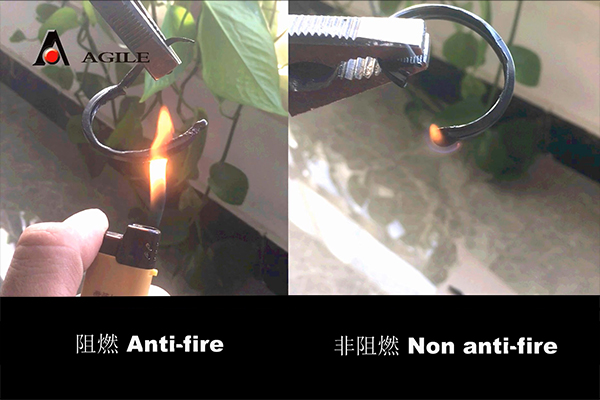Flexible tubing options for efficient conduit splitting and optimal cable management solutions
Understanding Conduit Split Tubing Applications and Benefits
Conduit split tubing is an essential component in various industries, particularly in electrical and mechanical applications. This versatile material is designed to provide protection, organization, and insulation for wires and cables. In this article, we will explore the characteristics of conduit split tubing, its applications, benefits, and why it has become a go-to solution for many professionals.
What is Conduit Split Tubing?
Conduit split tubing is a type of protective covering made from flexible materials such as PVC, polyethylene, or cloth. It features a split design, allowing for easy installation over existing wires and cables without the need for disconnection. This allows for streamlined processes in environments where efficiency is key. The split tubing can come in various diameters to accommodate different wire sizes, making it adaptable to various needs.
Applications of Conduit Split Tubing
1. Electrical Wiring One of the most common applications of conduit split tubing is in protecting electrical wiring. In residential, commercial, and industrial settings, it shields wires from abrasion, moisture, and chemicals, ensuring long-term performance and safety. This is particularly important in environments where wires are exposed to potential damage.
2. Automotive Industry In the automotive sector, conduits are used to protect and bundle wiring harnesses. They help prevent wear and tear from the harsh conditions of engine compartments while organizing cables to avoid interference, reducing the risk of electrical failures.
3. Robotics and Automation Robotics and automated systems often involve numerous wires that need to be managed effectively. Conduit split tubing provides a convenient way to bundle and protect these wires, ensuring flexibility while maintaining organization and safety.
4. Telecommunications In telecommunications, split tubing plays a critical role in protecting the multitude of cables that run throughout network installations. With the protection against environmental elements, the durability of network connections is significantly increased.
5. Industrial Applications Manufacturing and production facilities often involve a wide range of machinery that relies heavily on wire connections. Conduit split tubing protects these wires from mechanical abrasion and environmental factors while maintaining operational efficiency.
conduit split tubing

Benefits of Using Conduit Split Tubing
1. Ease of Installation The split design significantly simplifies the installation process. Users can easily apply the tubing without disconnecting wires, saving time and reducing labor costs, especially in large-scale projects.
2. Protection One of the most notable benefits is the protection it offers. It guards against abrasions, cuts, moisture, and even chemical exposure, prolonging the life span of cables and reducing the risk of electrical failures.
3. Flexibility The flexible nature of conduit split tubing allows it to accommodate various wire sizes and shapes, making it a highly adaptable solution for numerous configurations and setups.
4. Organization By using conduit split tubing, professionals can neatly organize cables and wires, reducing clutter. This not only improves aesthetics but also enhances safety by minimizing trip hazards and confusion around power sources.
5. Cost-Effective Investing in conduit split tubing is a cost-effective solution in the long run. By protecting cables from damage, it prevents costly repairs and replacements, thereby saving resources and ensuring uninterrupted operations.
6. Compliance and Safety Many industries require adherence to safety standards and regulations. Using conduit split tubing helps meet these compliance requirements by ensuring that wiring systems are properly protected and organized.
Conclusion
Conduit split tubing is a vital component in many industries, providing protection, organization, and ease of installation for wiring and cables. Its versatility and effectiveness in safeguarding electrical components make it an invaluable resource for professionals across various fields. As technology advances and new applications emerge, the significance of conduit split tubing will only continue to grow, reinforcing its place as a fundamental element in modern electrical and mechanical systems. By understanding its applications and benefits, organizations can make informed decisions when selecting solutions for their wiring and cable management needs.








